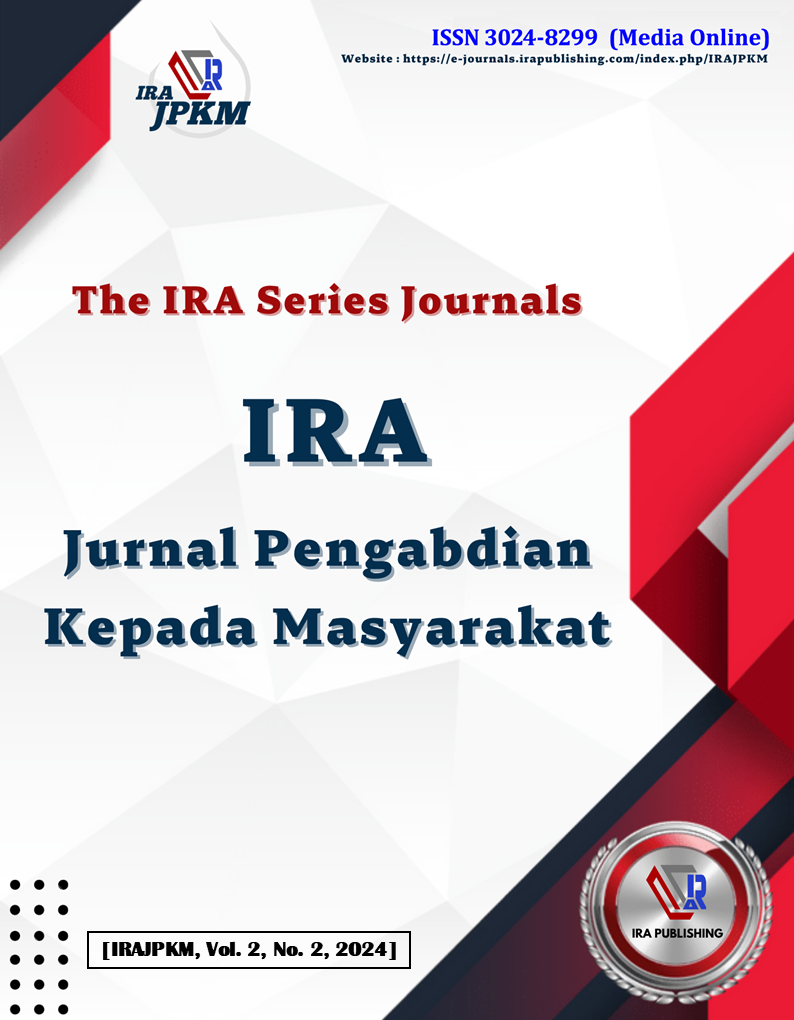Training on Implementing Inventory Control to Minimize Waste in the Screen Printing Industry
DOI:
https://doi.org/10.56862/irajpkm.v2i2.114Keywords:
Screen Printing Industry, Training, Waste, Supply Chain Management.Abstract
The formation of a number of small, medium and large scale businesses shows the growth of Indonesian business. This increase has both good and bad impacts on society. It is advantageous to think of industrial growth in terms of the economy. In particular, people's living standards can be improved by reducing the unemployment rate. However, from an environmental perspective, industrial development has had detrimental effects. Where irregular waste disposal causes environmental pollution Small businesses must pay attention to internal performance and inventory if they want to compete. To meet customer demand, inventory involves all parties directly and indirectly. The goal of inventory is to maximize its total value. The total value of inventory is the difference between the cost of inventory to meet customer demand and the value of the final product received by the customer. During the production process, products are divided into smaller lots and returned to warehouses where they are stored in distribution facilities where they are shipped and from the factory to retail stores. By considering these environmental factors, inventory management training aims to increase productivity by reducing waste, optimizing usage, and developing inventory that meets industry needs.
Downloads
Published
How to Cite
Issue
Section
License
Copyright (c) 2024 IRA Jurnal Pengabdian Kepada Masyarakat

This work is licensed under a Creative Commons Attribution-ShareAlike 4.0 International License.











